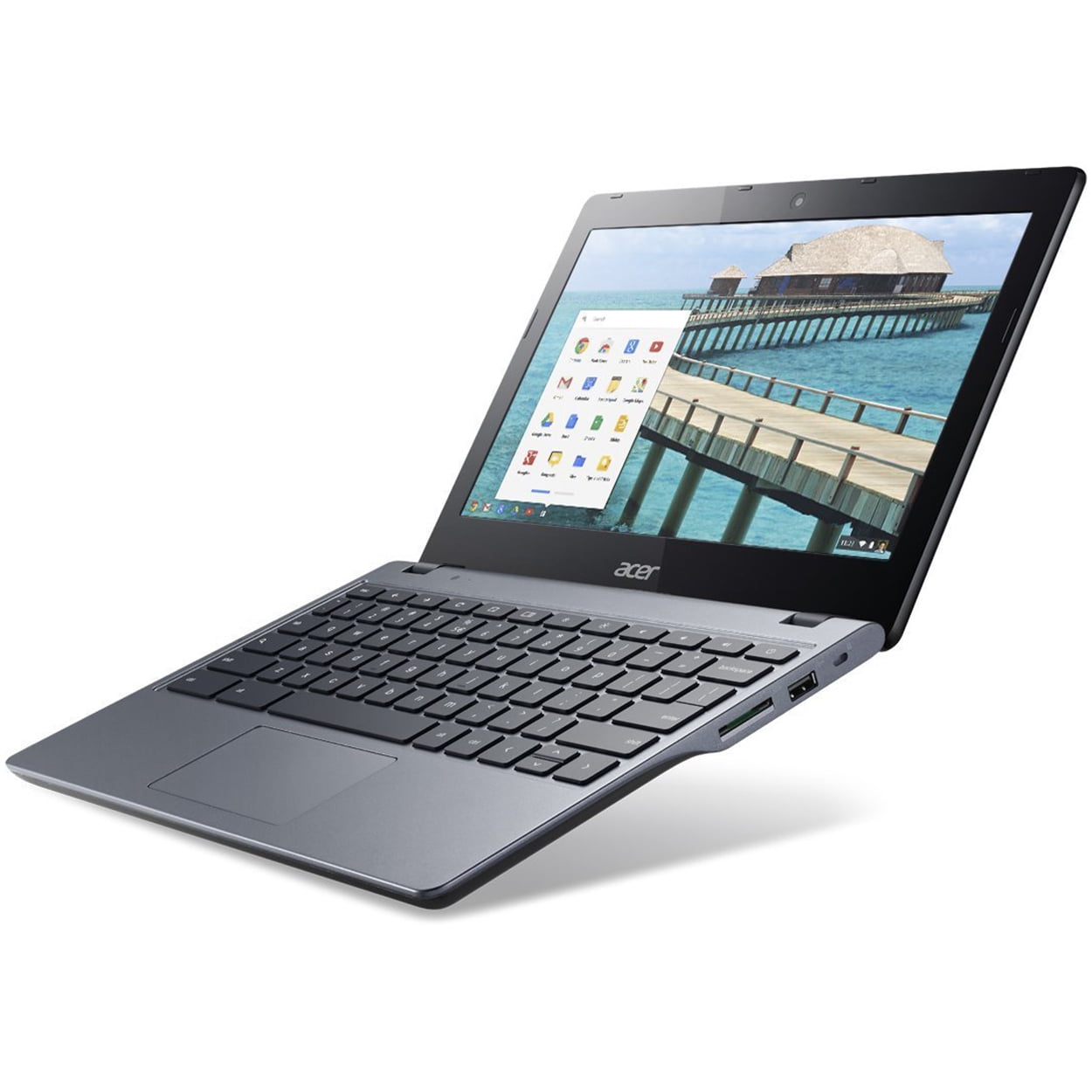
The idea has always been to use Google Docs and Slides in schools so that a teacher can collaborate with its students and provide valuable feedback on a shared document. Ever since the debut of Chromebooks in 2011, Google has been pushing the narrative that its core platforms such as Google Docs, Google Slides, Google Sheets work better in schools. Chromebooks are pitched as low-cost educational tools.


Part of the reason is the simplicity of ChromeOS. (Image credit: Anuj Bhatia/Indian Express) Why do Chromebooks make sense for students? It is hard to beat Chromebooks on price and battery life. This also means the device itself does not need a lot of processing power, which can in turn be harnessed off the cloud.
Google chrome book windows#
Given that ChromeOS is tuned for running less demanding apps and the focus is on the online aspect, Chromebooks feel faster and offer better battery life than Windows machines. The focus is clearly to increase the usage of Google-designed apps such as Gmail, Maps, Docs, and YouTube. Google-powered Chrome OS is a web-based operating system built around the Chrome web browser and designed for simple tasks like web browsing, streaming multimedia content, videoconferencing. While a Windows notebook runs Windows 10, a Chromebook uses ChromeOS. What separates a Chromebook from a Windows laptop is they both run on a different operating system.

HP Chromebook 11a review: A budget notebook for an online life What is ChromeOS?


 0 kommentar(er)
0 kommentar(er)
